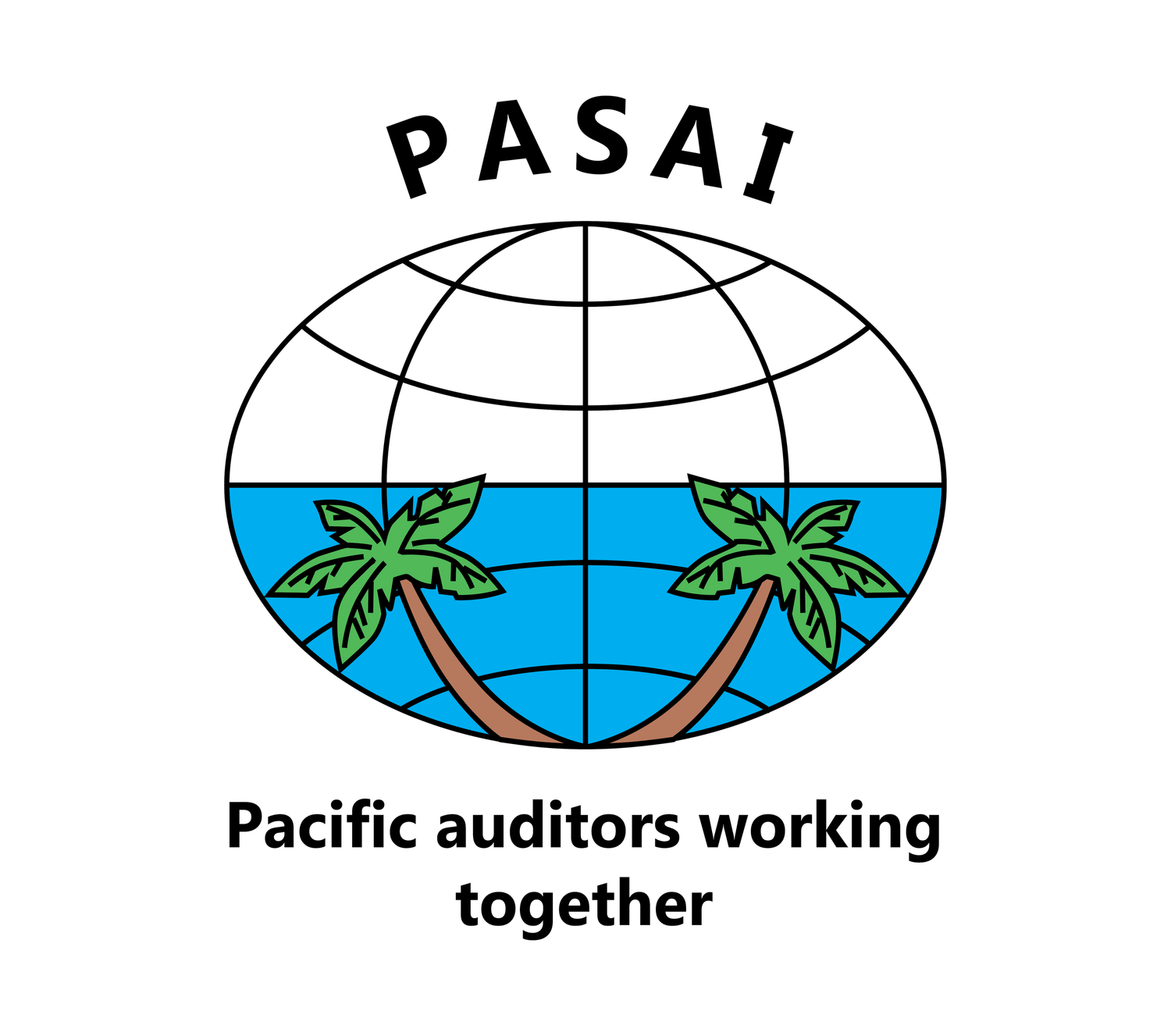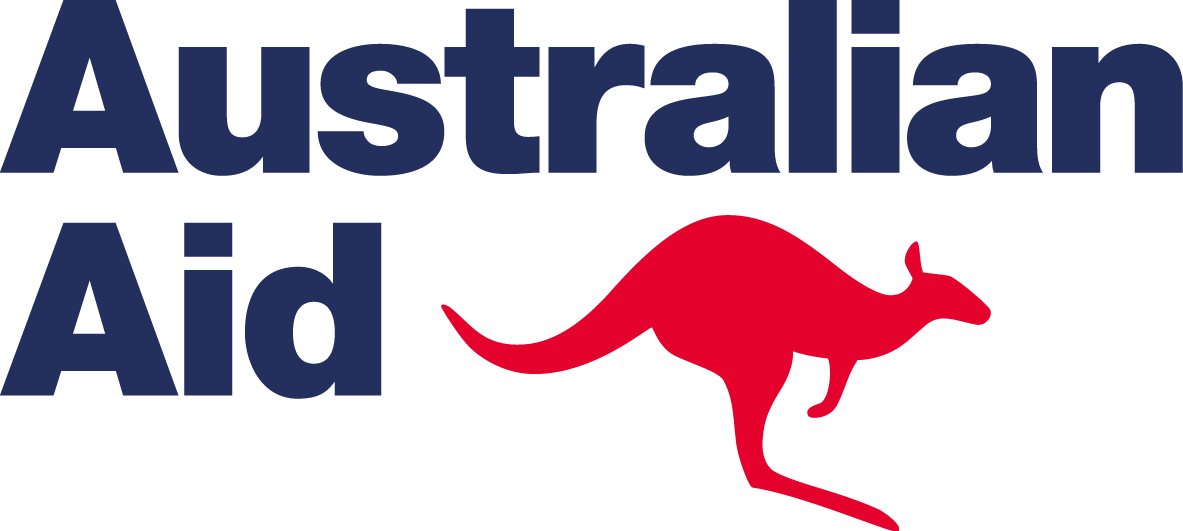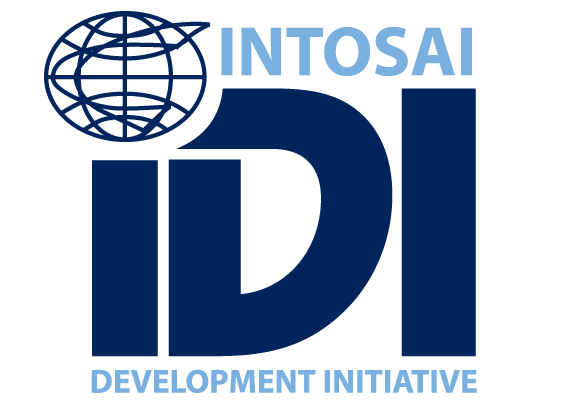By Doris Flores Brooks, Director (North Pacific), PASAI
Ten of our member audit offices must audit their government’s financial statements in line with the Generally Accepted Government Audit Standards, known as GAGAS or the Yellow Book.
In a blog post last October we discussed the audit opinions of the financial statements of the Government of Guam (GovGuam) that Deloitte and Touche issued for fiscal year 2021 [1]. Now let’s take a look at the other parts of these audited financial statements, namely: the Management Discussion and Analysis (MD&A), the Basic Financial Statements and the Schedules of Required Supplementary Information (RSI).
GAGAS financial statements are complex, so this is just meant to provide an overview of how to read and start to understand such reports.
Management Discussion and Analysis
The MD&A introduces the basic financial statements and provides an analytical overview of the government’s financial activities. It’s presented before the basic financial statements and highlights the most significant financial issues. It is management’s version of what happened during the fiscal year. The MD&A also includes comparisons of the current year to the prior year based on the government wide information, an analysis of the government’s overall financial position and results of operations, significant fund changes and budget variances.
Basic Financial Statements
GovGuam’s basic financial statements are comprised of three components: 1) government wide financial statements, 2) fund financial statements and 3) notes to the financial statements.
The government wide-financial statements consist of the Statement of Net Position (formerly the balance sheet) and the Statement of Activities (formerly the profit and loss statement). These statements are recorded on a full accrual basis.
One column in these statements is the Primary Government and the other column is for Component Units, which are legally separate government entities. The Guam Memorial Hospital, Guam Power Authority and Guam Waterworks Authority are some examples of the latter.
GovGuam has total assets of $2.5 billion and total liabilities of $5.1 billion for a negative net position of $2.5 billion. The unrestricted deficit was negative $3.6 billion. Of the total liabilities, the three largest liabilities are bonds outstanding of $1.05 billion, a net pension liability of $1.08 billion and an Other Post Employment Benefits liability of $1.7 billion.
In order to pay the pension liability, GovGuam’s required pension contribution rate is now at 26.97%. In other words, for $1 of salary, GovGuam contributes 27 cents into the Retirement Fund. The net pension liability is expected to be paid off by 2033.
For the statement of activities there were general fund revenues of $825.3 million, operating grants and contributions of $1.1 billion and fees for services of $78.5 million for total revenues of $2,031.8 million. Total expenditures were $2.07 billion. This resulted in a negative change in net position (loss) of $35.9 million.
The fund financial statements are recorded on a modified accrual basis (cash) consisting of the Balance Sheet of Governmental Funds and Statement of Revenues, Expenditures and Changes in Fund Balances (Deficit). The Balance Sheet reflects only current assets and current liabilities leaving the fund balance.
The General Fund is the chief operating fund of GovGuam, where major government functions such as education, public safety and fire protection are recorded. The Balance Sheet includes not only the General Fund but also certain special funds, such as the Coronavirus Aid, Relief, and Economic Security Act Unemployment Assistance, which record the receipt and expenditures of federal funds. There are eight separate columns for the various governmental funds. GovGuam has more than 100 other governmental funds.
The Statement of Revenues, Expenditures, and Changes in Fund Balances (Deficit) reflect the government’s main activities from taxes to expenditures on services such as public health, protection of life and property, public welfare and so on.
In 2021 the General Fund reported a fund balance of $30.4 million, the first positive balance (surplus) since 2013.
Notes to Financial statements are explanatory and extended information to the financial statements. GovGuam’s notes are 93 pages, the first 18 pages of which is the Summary of Significant Accounting Policies. There are sixteen major notes. Other explanatory information includes long-term obligations, general information about pension plans, capital assets, other post employments benefits, commitments and contingencies. As they say, the devil is in the detail. Have fun reading the notes!
Schedules of Required Supplementary Information
As was mentioned in the audit opinion, GovGuam management did not include the Schedule of Revenues, Expenditures and Changes in Deficit – Budget and Actual in the RSI. The Governmental Accounting Standards Board requires this schedule to supplement the basic financial statements. It is one of the more helpful schedules for lawmakers.
The final part of the audited financial statements is Other Supplementary Information, at 55 pages in length.
Although a subset of our member offices must outsource the auditing of their government’s financial statements, you can see from the example we’ve just examined that such reports are nevertheless comprehensive and precise. Having the ability to deliver high-quality and timely audits is a cornerstone of a functional public integrity framework.
References
[1] https://www.opaguam.org/sites/default/files/2_-_govguam_fs21_final_jul_18_2022_0.pdf








